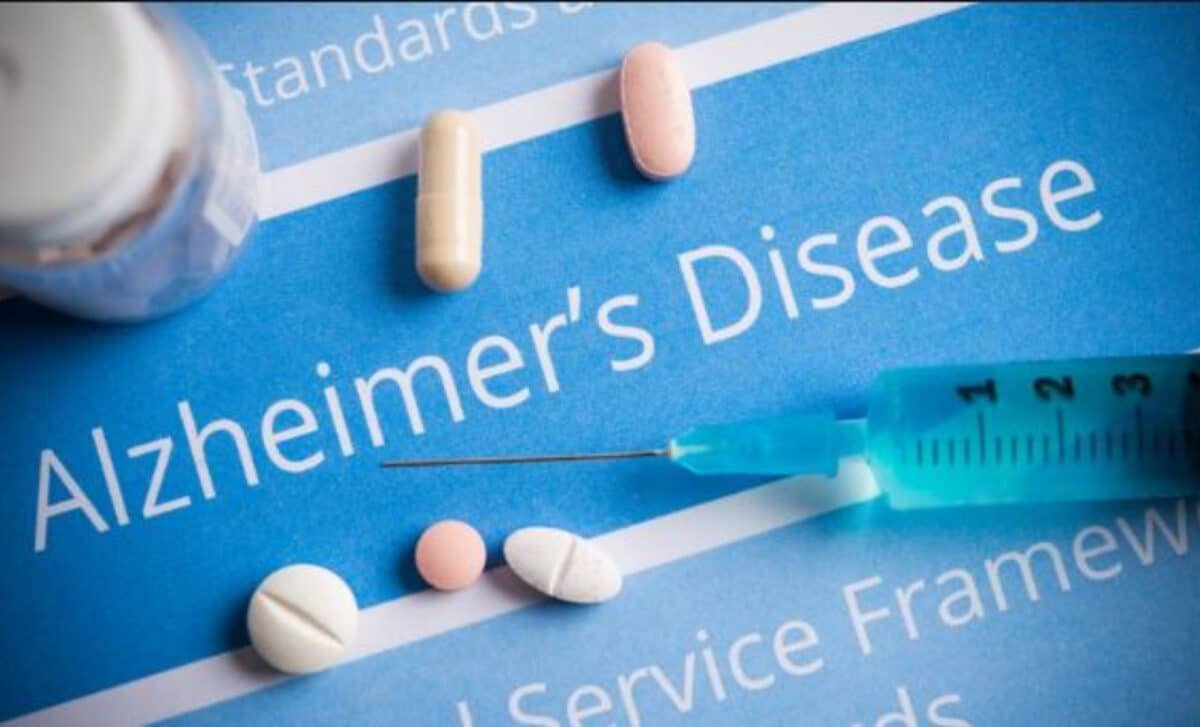Recent advancements in medical research have introduced a blood test that can diagnose Alzheimer's disease with a remarkable 90% accuracy rate, potentially transforming how the disease is detected and managed.
This innovative diagnostic tool, highlighted in a recent study involving 1,213 patients in Sweden, has shown significantly higher accuracy compared to traditional methods.
The study, conducted between February 2020 and January 2024 and published in the Journal of the American Medical Association (JAMA), focused on measuring specific proteins in the blood associated with Alzheimer's, particularly p-tau217.
This protein, along with amyloid beta, plays a crucial role in the disease's pathology and can now be detected through this blood test, offering a less invasive and more accessible alternative to current diagnostic practices.
The Challenge of Diagnosing Alzheimer's
Alzheimer's disease, the most prevalent form of dementia, currently affects approximately 6.7 million Americans. With the aging population, this number is expected to rise to 13 million by 2050.
Traditionally, diagnosing Alzheimer's involves clinical evaluations, cognitive tests, and sometimes more invasive procedures like spinal taps or PET scans, which are not only costly but also less accessible.
In the Swedish study, primary care doctors achieved a 61% accuracy rate in diagnosing Alzheimer's, while specialists had a slightly better rate of 73%.
However, the new blood test surpassed these figures, diagnosing the disease with 91% accuracy. This test measures the levels of p-tau217 and amyloid beta, proteins that are indicative of Alzheimer's, thus providing a more precise diagnosis.
This breakthrough offers hope for earlier and more reliable detection, which is critical for managing the disease and planning for long-term care.
How the Blood Test Works
The blood test works by detecting elevated levels of p-tau217, a protein that accumulates in the brains of Alzheimer's patients, causing neurodegeneration. This accumulation, along with amyloid beta plaques, disrupts neuron function and leads to the symptoms commonly associated with Alzheimer's, such as memory loss and cognitive decline.
Previously, these biomarkers could only be identified through invasive methods like spinal taps or expensive imaging techniques such as PET scans, which often are not covered by insurance and can cost thousands of dollars. The new blood test, however, offers a simpler, more affordable, and less invasive option.
Dr. Jason Karlawish, co-director of the Penn Memory Center, noted the significance of this development, stating, "Not too long ago measuring pathology in the brain of a living human was considered just impossible. This study adds to the revolution that has occurred in our ability to measure what’s going on in the brain of living humans."
Broader Implications and Future Directions
The introduction of this blood test marks a significant advancement in Alzheimer's research and diagnosis. The test's high accuracy and non-invasive nature make it an attractive option for earlier diagnosis, which can lead to better management of the disease.
However, experts advise that these tests should currently be limited to clinical and research settings. Maria Carrillo, the Alzheimer's Association's chief science officer, emphasized that blood testing should only be used by doctors and researchers and not be widely available to the public.
This caution is due in part to the fact that amyloid buildup can begin decades before the onset of symptoms, making it challenging to determine the right time for intervention.
Moreover, while the test offers a promising diagnostic tool, there is still no cure for Alzheimer's. Current treatments, such as the drugs donanemab and Leqembi, can slow the progression of the disease but come with significant risks, including brain swelling and bleeding. These drugs, although FDA-approved, are not a definitive solution and highlight the need for continued research into more effective treatments.
The development of accurate diagnostic tools like this blood test is crucial for advancing Alzheimer's research, enabling more targeted therapies, and improving patient outcomes. As the medical community continues to refine these diagnostic techniques, the hope is that they will lead to more effective treatments and, ultimately, a cure for Alzheimer's disease.




